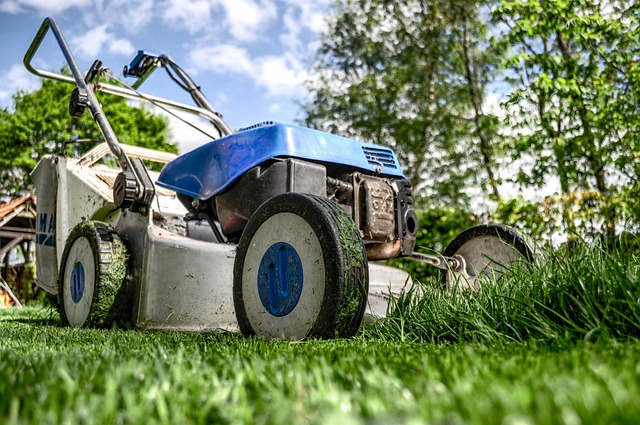7 Essential Garden Maintenance Tips Every DIY Enthusiast Should Know
There’s something deeply rewarding about rolling up your sleeves and nurturing your own slice of nature right at home. For anyone who loves the hands-on satisfaction of DIY projects, garden maintenance isn’t just a chore—it’s a passion. When you care for your garden with your own two hands, each bloom and leaf becomes a testament to your dedication. If you’re eager to keep your outdoor space thriving and beautiful, here are seven essential garden maintenance tips that every DIY enthusiast should have in their toolkit.
1. Water with Intention
Watering your garden might seem straightforward, but timing and technique can make all the difference. Early morning is the best time to water; it allows plants to absorb moisture before the heat of the day, reducing evaporation. Use a gentle spray to avoid washing away soil or damaging delicate plants. Remember, overwatering can be just as harmful as neglect, so keep an eye on soil moisture levels and adjust accordingly.
2. Keep Your Tools Clean and Sharp
Effective garden maintenance starts with having the right tools in good condition. Dirty or dull tools can spread disease and make your work tougher. Regularly clean your pruning shears, trowels, and hoes with warm soapy water, and sharpen blades to make precise cuts. A well-maintained tool set not only extends the life of your equipment but also makes your gardening sessions more enjoyable.
3. Regular Weeding is Crucial
Weeds compete with your plants for nutrients, water, and sunlight. Staying ahead means making weeding a regular part of your routine. Pull weeds when they’re young and their roots haven’t established firmly. Mulching around your plants can also suppress weed growth naturally, saving you time and effort.
4. Feed Your Plants Wisely
Fertilizing is essential to replenish nutrients in your soil, ensuring healthy plant growth. Choose organic compost or balanced fertilizers suited to your specific plants. Be cautious not to over-fertilize, as this can lead to excessive leaf growth but weak flowers or fruits. A good rule of thumb is to follow the instructions on your fertilizer packaging and observe how your plants respond.
5. Prune for Health and Shape
Pruning isn’t just for aesthetics—it promotes plant health by removing dead or diseased branches and encouraging new growth. Understand the pruning needs of your garden plants, since timing and technique can vary widely. Clean cuts help prevent infections, so use sharp tools and cut at the proper angles.
6. Monitor Pests Naturally
Encountering pests is inevitable, but you don’t have to resort immediately to chemical sprays. Encourage beneficial insects like ladybugs and lacewings that prey on harmful pests, and consider natural remedies like neem oil or insecticidal soap. Regular inspection allows you to catch problems early before they become serious.
7. Keep a Garden Journal
A simple yet powerful tool for DIY gardeners is a garden journal. Document planting dates, weather conditions, fertilization schedules, and any issues you notice. Over time, this record helps you better understand your garden’s cycles and needs, making maintenance more efficient and effective.
By embracing these garden maintenance tips, you’re not just tending a garden—you’re cultivating a rewarding lifestyle where your efforts bloom into vibrant, thriving plants. Every moment spent caring for your garden connects you deeply with the natural world and your inner DIY spirit. So grab your gloves, tools, and enthusiasm, and turn your garden into the sanctuary you’ve always dreamed of!
